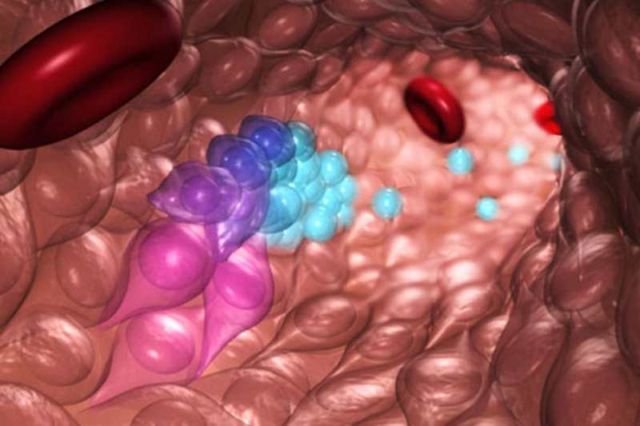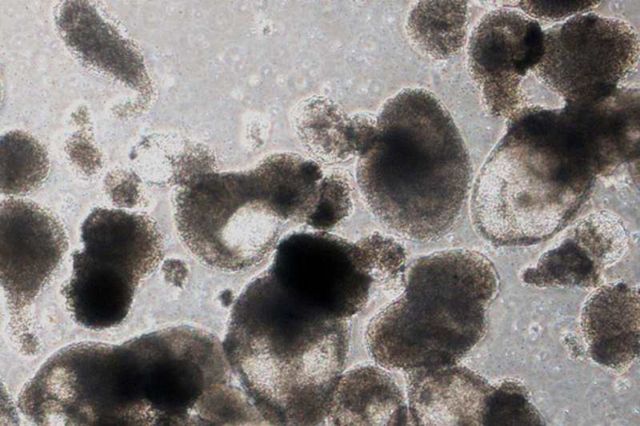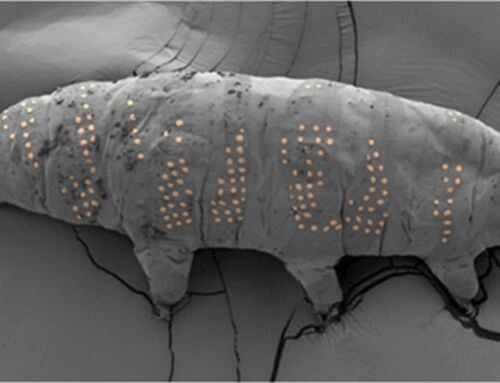For the first time, scientists generated blood-forming stem cells in the lab, using pluripotent stem cells.
This new technique by researchers at Boston Children’s Hospital, opens new avenues for research into the root causes of blood diseases. Also for the first time shows ways to create immune-matched blood cells, derived from patients’ own cells, for treatment purposes.
Above, an illustration of blood stem and progenitor cells (blue) emerging from hemogenic endothelial cells (purple) during normal embryonic development. Credit O’Reilly Science Art
Senior investigator George Daley, who heads a research lab in Boston Children’s Hospital’s Stem Cell Program and is dean of Harvard Medical School, said:
“We’re tantalizingly close to generating bona fide human blood stem cells in a dish. This work is the culmination of over 20 years of striving.”
Blood progenitor cells. Credit: Boston Children’s Hospital
Ryohichi Sugimura, the study’s first author and a postdoctoral fellow in the Daley Lab, said:
“This step opens up an opportunity to take cells from patients with genetic blood disorders, use gene editing to correct their genetic defect, and make functional blood cells. This also gives us the potential to have a limitless supply of blood stem cells and blood by taking cells from universal donors. This could potentially augment the blood supply for patients who need transfusions.”
The study published in the journal Nature
source Harvard Gazette







Leave A Comment